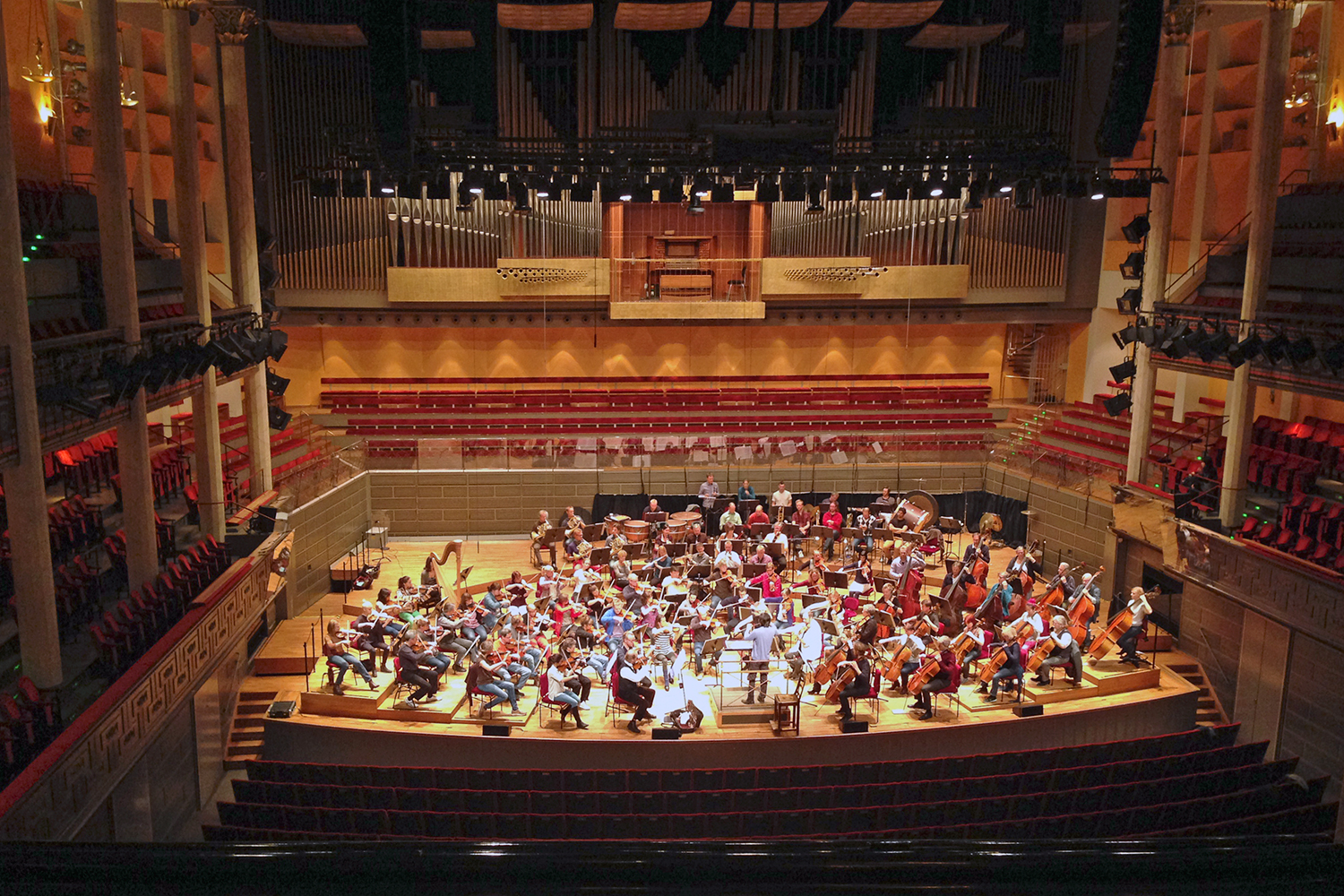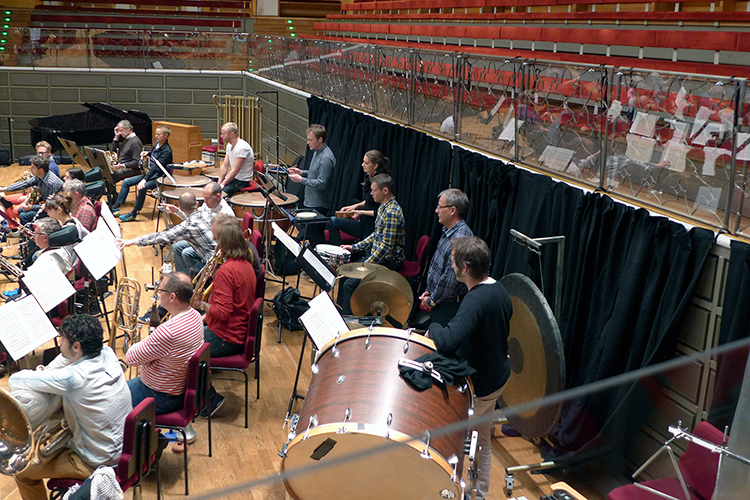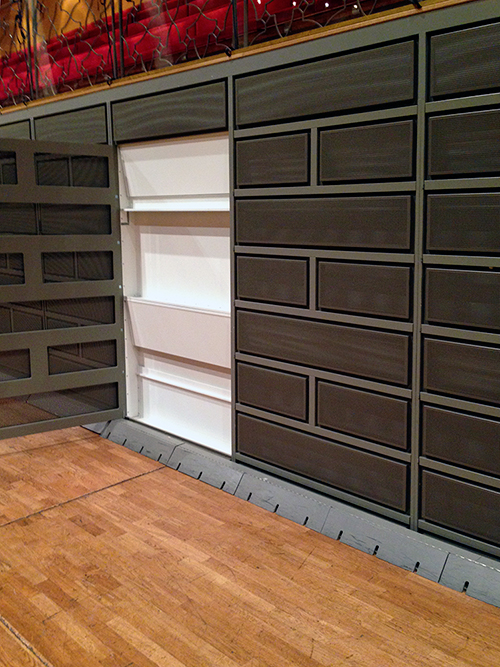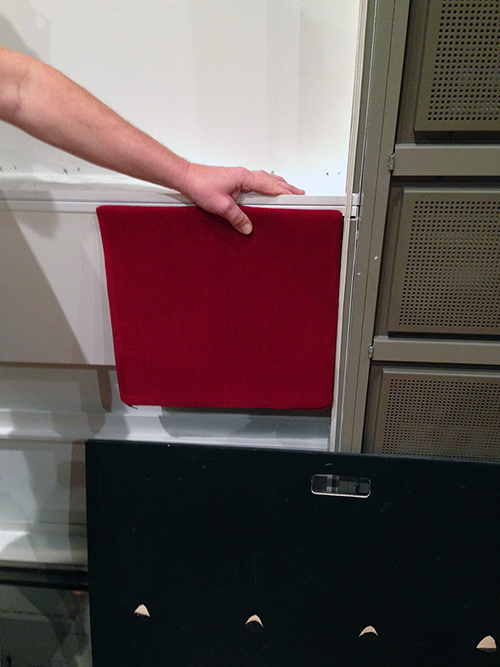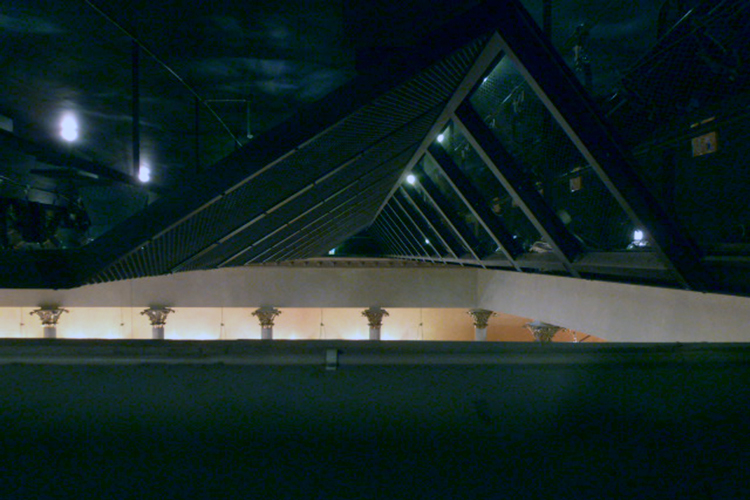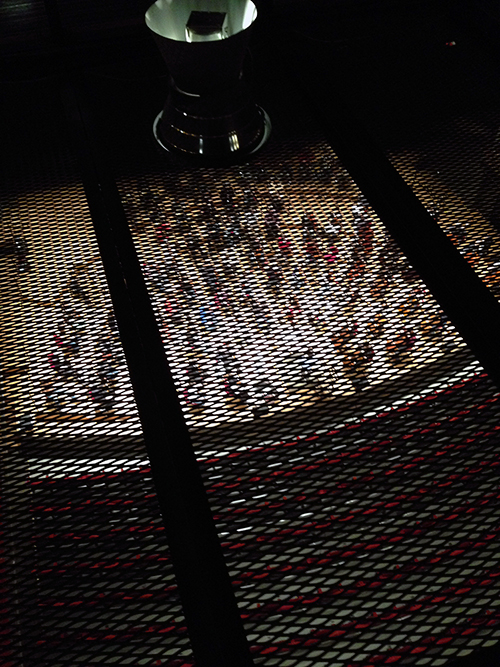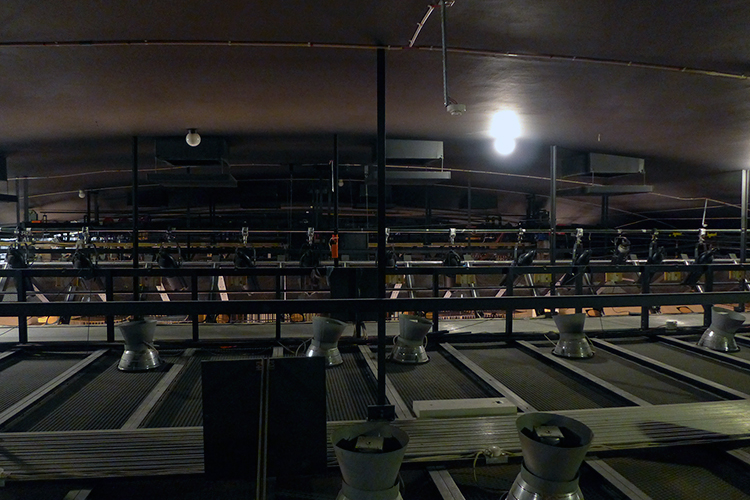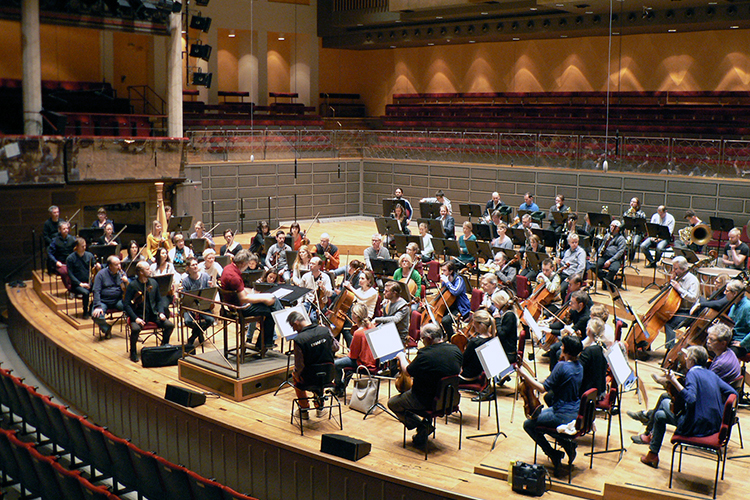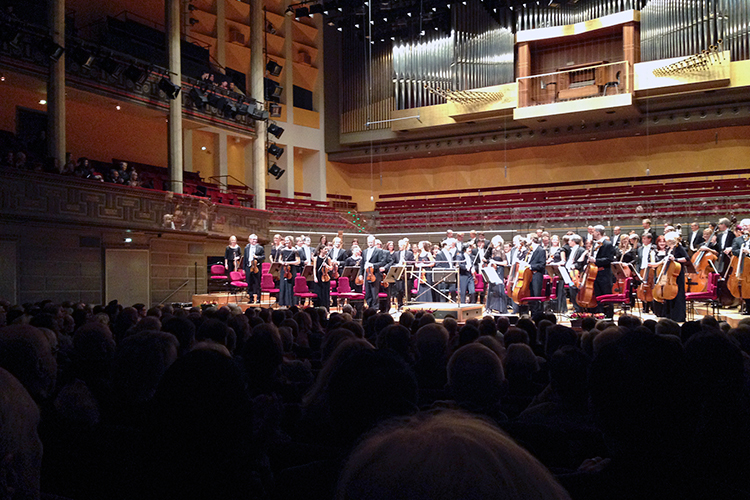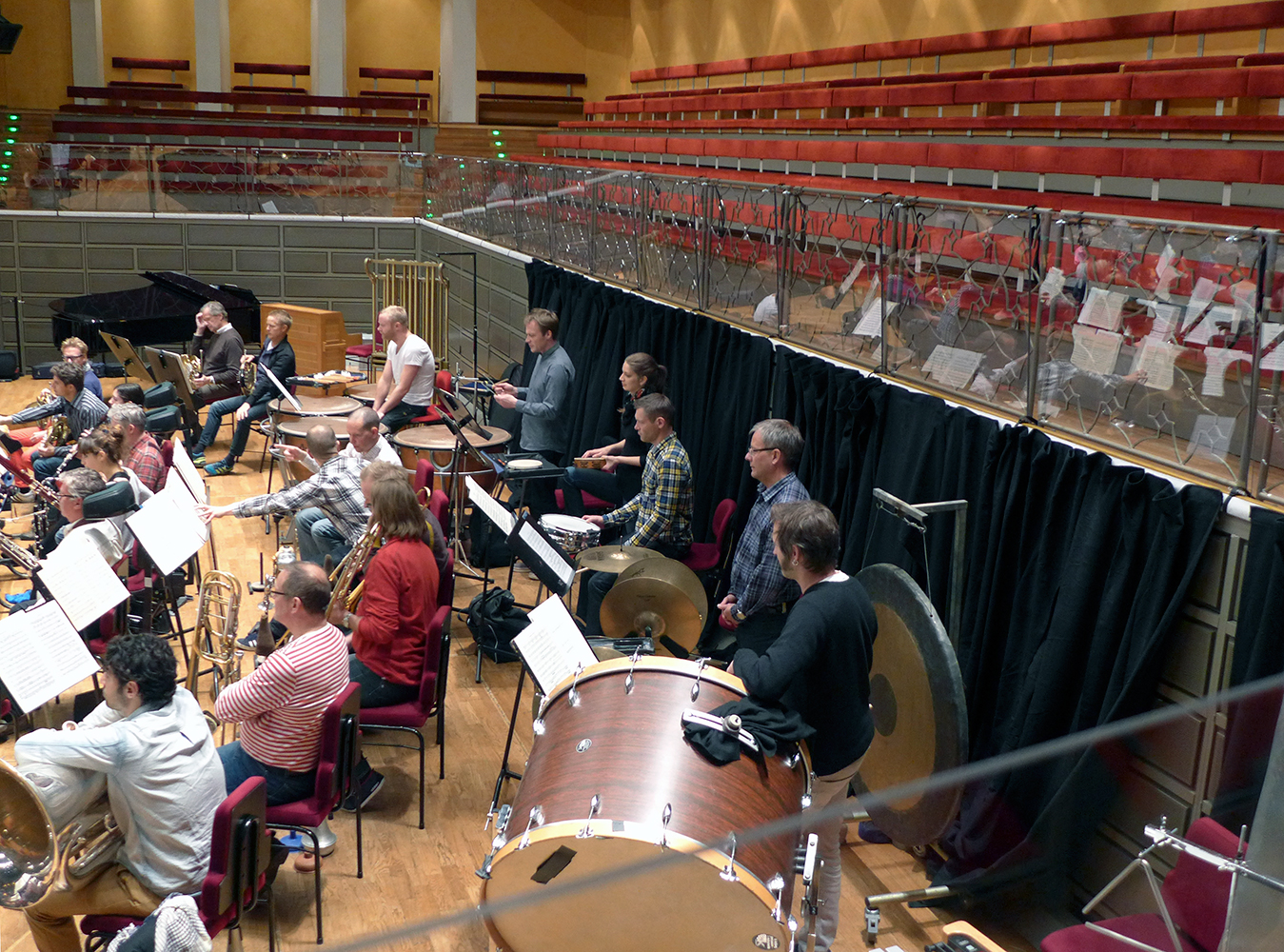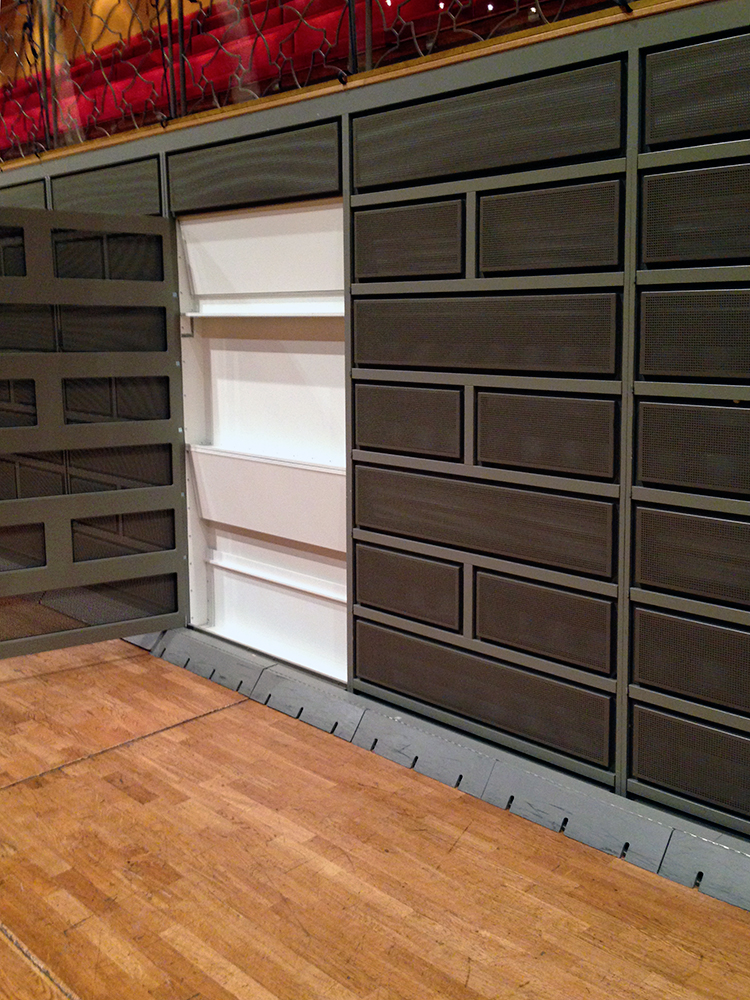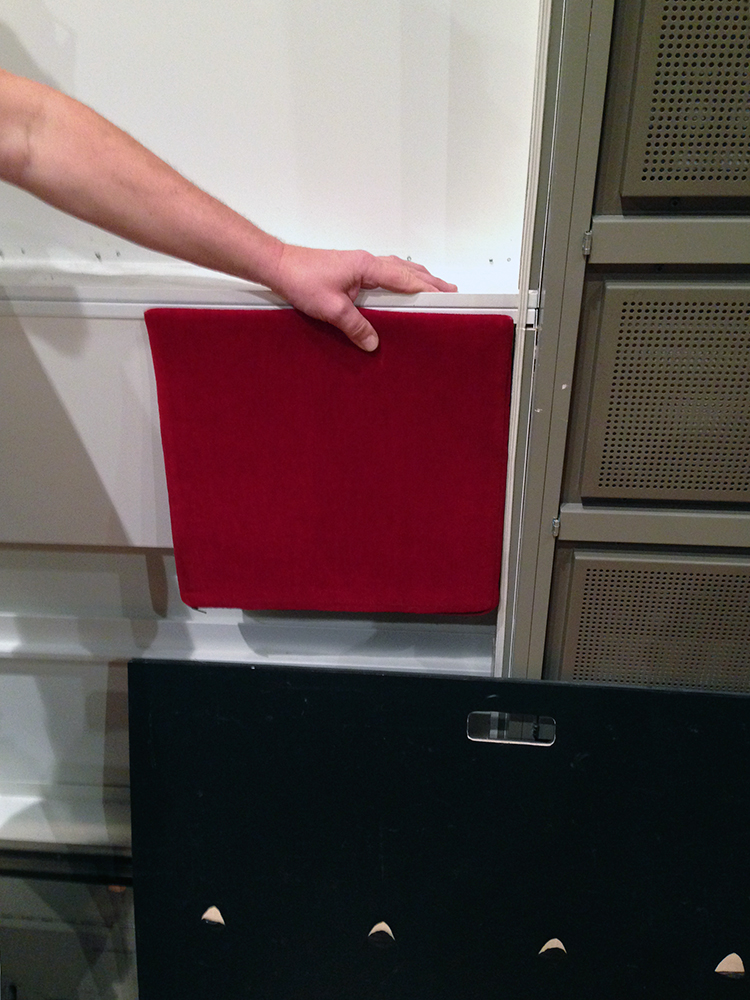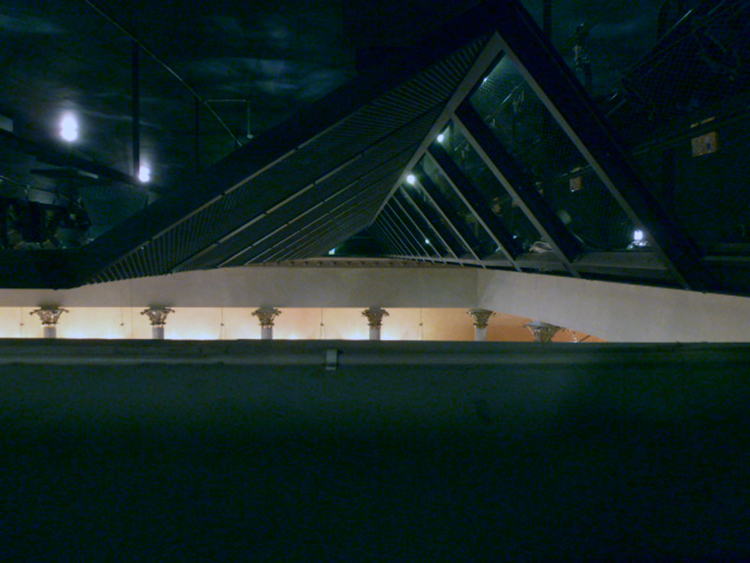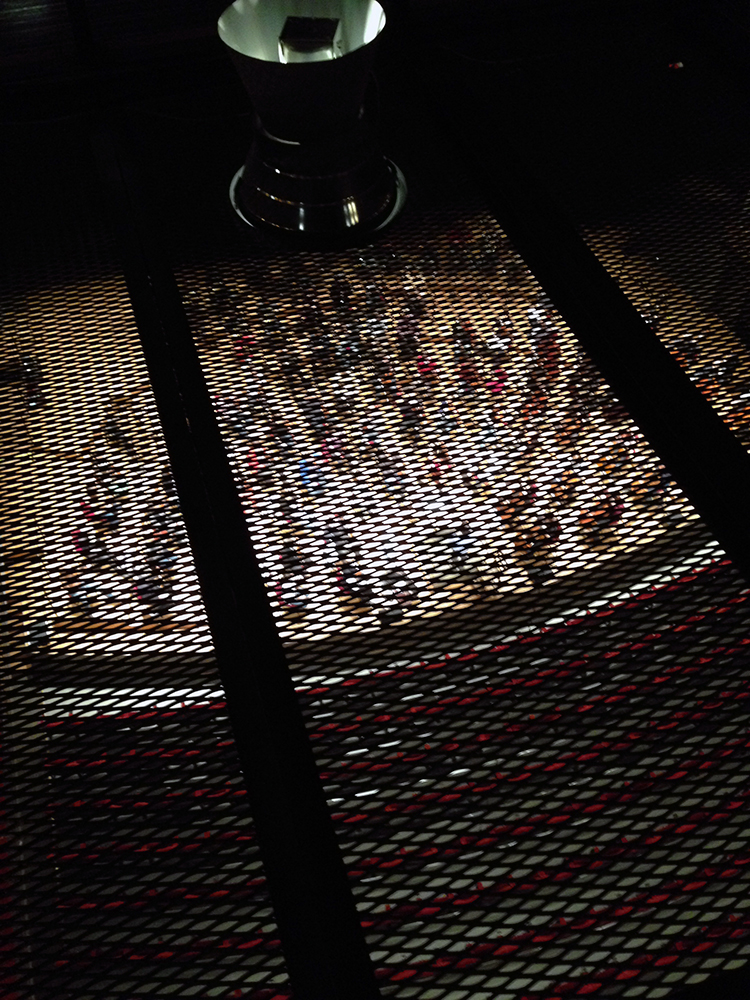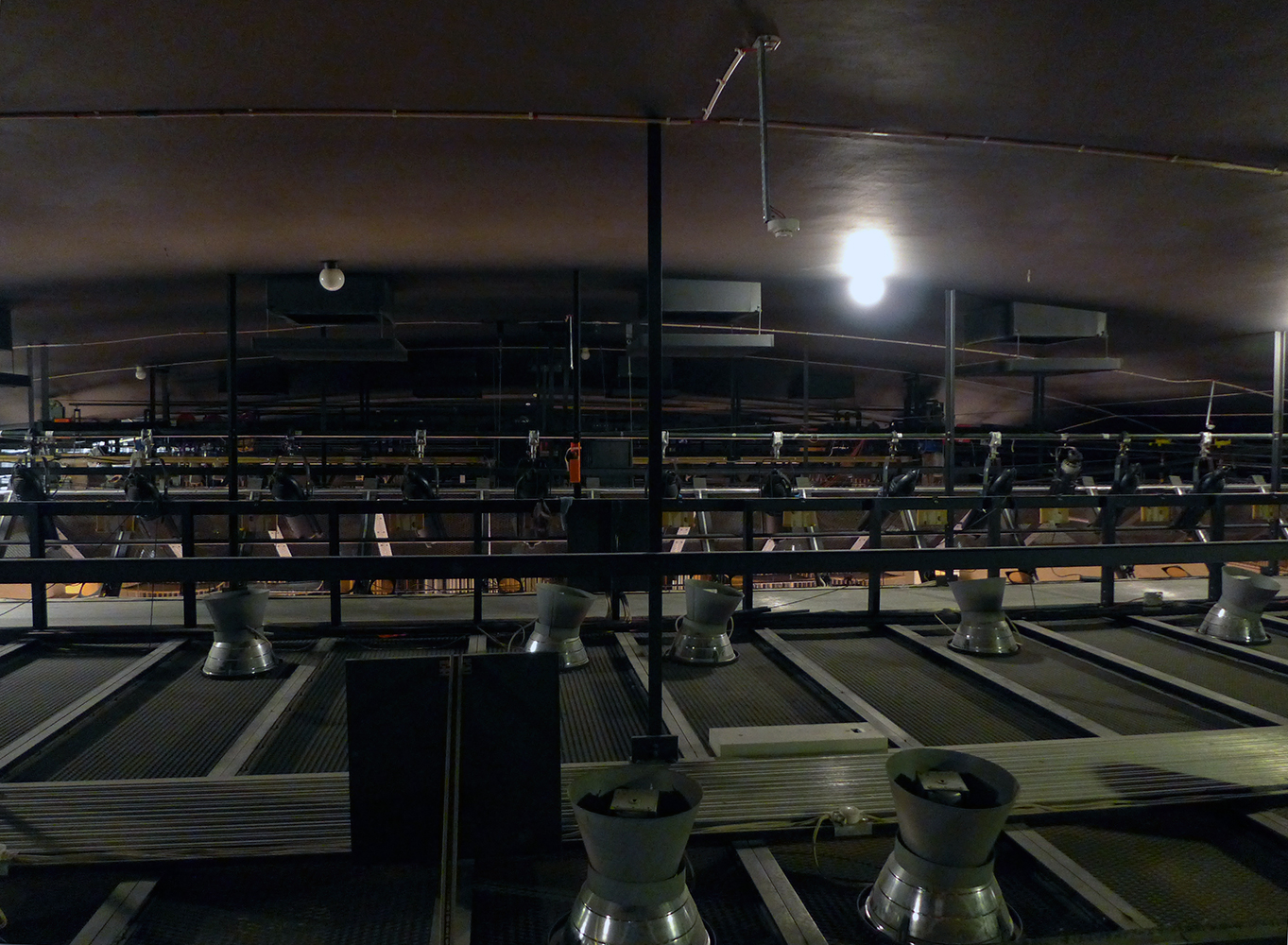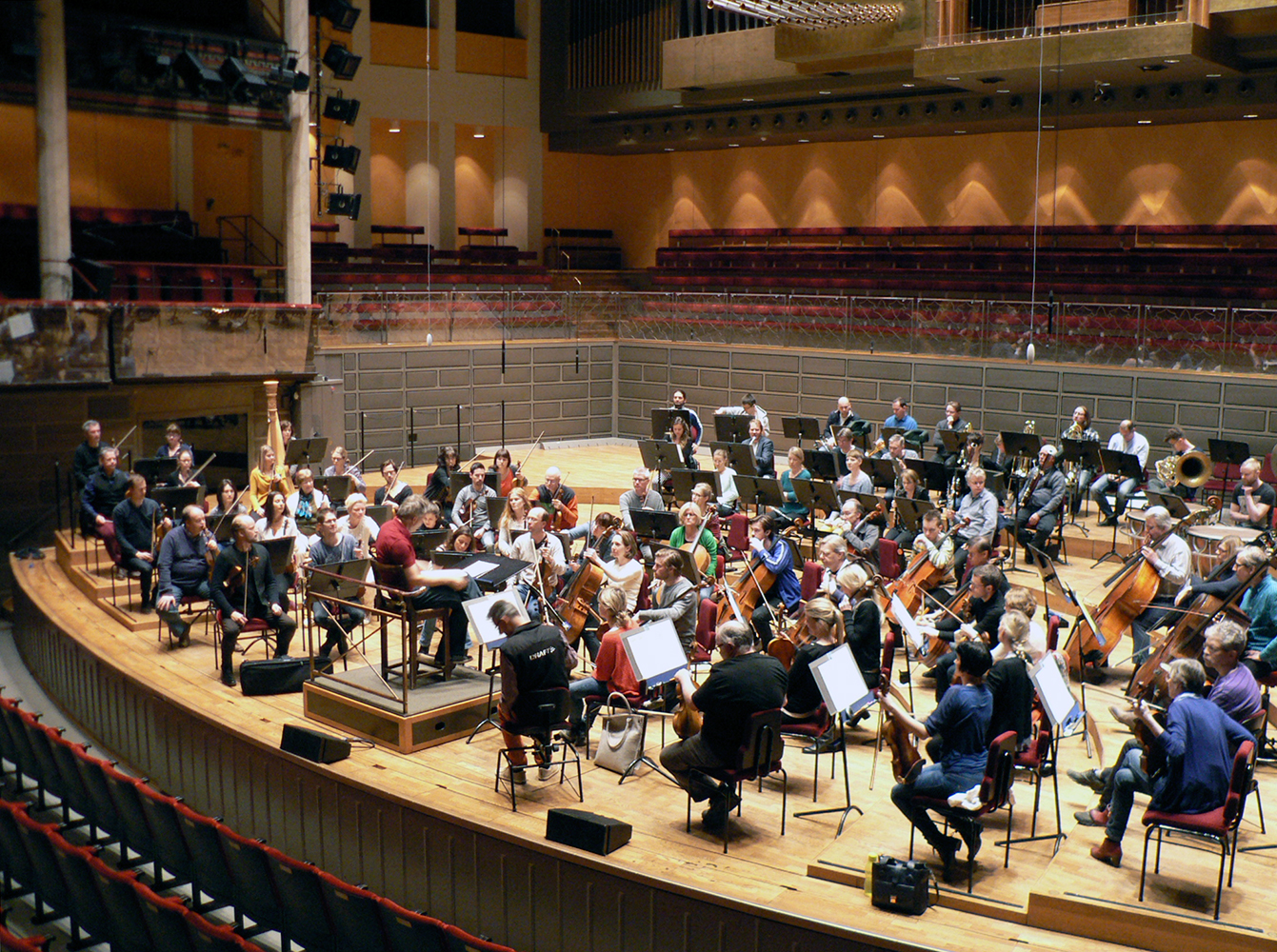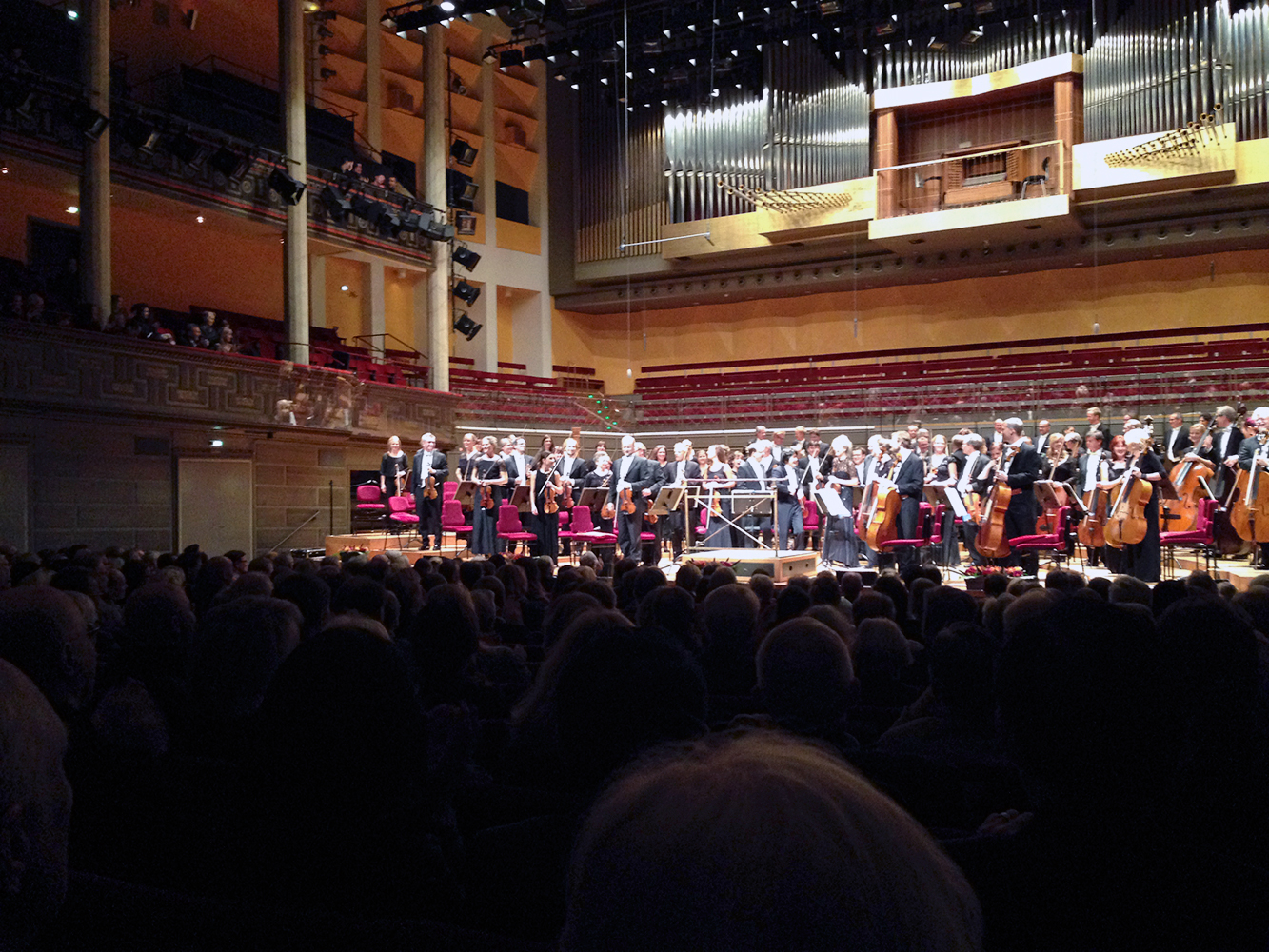Konserthuset Stockholm
Kahle Acoustics was invited to improve the hearing conditions on stage and the acoustic quality of the 1 800-seat concert hall of the Stockholms Konserthus, which hosts the Royal Stockholm Philharmonic and the Nobel Prize ceremonies. Built in 1926, the concert hall had undergone several unsuccessful renovations, now finally achieving acoustic excellence through the addition of optimised reflectors for on-stage hearing and an integrated electronic reverberation system.
Information Sheet
Tuning/Intervention Konserthuset Stockholm www.konserthuset.se
Location Stockholm, Sweden.
Time Frame 2013-2016.
Client Stockholm Concert Hall Foundation/RSPO.
Venues The 1 800-seat Stockholm Concert Hall, which hosts the Royal Stockholm Philharmonic, one of the world-class orchestras.
Services The acoustic separation between the narrow front of the stage and the significantly wider back of the stage has been treated by adding a moderate amount of acoustic absorption in the rear part of the stage and resetting the over-stage acoustic reflectors. In parallel, on-stage communication and cohesion of the orchestral sections was improved by adding vertically tilted Plexiglas panels on the choir balcony railings surrounding the orchestra.
The semi-transparent technical grid under the ceiling — separating the main acoustic volume from the upper part of the hall — was identified as being responsible for the lack of reverberation. Rather than embarking on a time-consuming renovation scheme, after a series of tests with a temporary electro-acoustic system, a dedicated system was finally installed. The acoustic result is a perceptual increase of ceiling height by 2 m — now corresponding to the architectural volume — while reverberation was augmented by 0.3 s.
Consultants Eckhard Kahle, Cees Mulder, Thomas Wulfrank, Kahle Acoustics.
